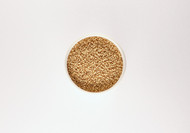Top Five Superfoods of Africa
Posted by Lauran Mayeaux on Sep 16th 2020
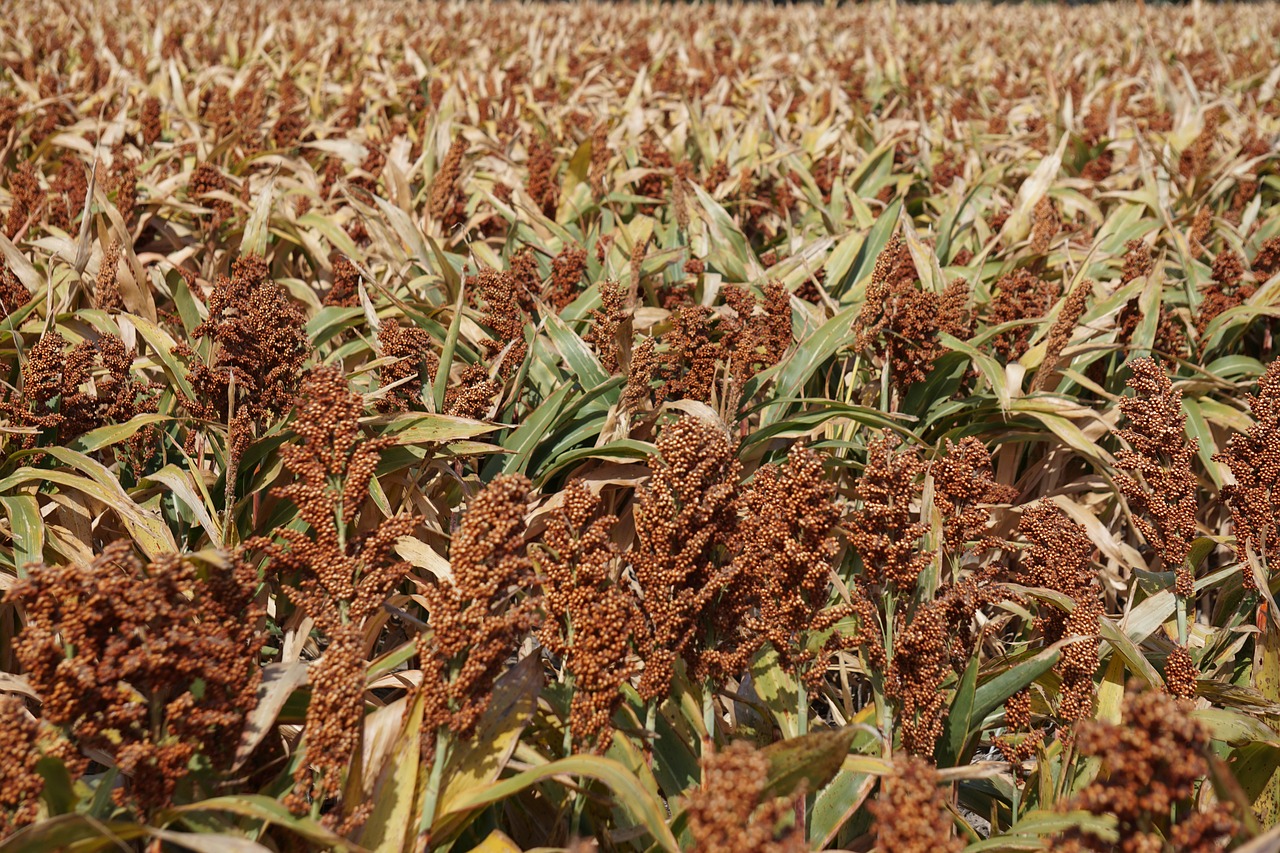
Over the past few years, “superfoods” has become a word to describe foods with an extremely high nutritional value and fiber content. Many indigenous African crops have made it onto this list of trending foods. While some crops are still only being enjoyed by the local African communities, others have blossomed into being internationally known and enjoyed by various countries! Not only is this good for local economies, it provides protection for these crops for generations to come. Let’s explore some of these African Superfoods!
Baobab
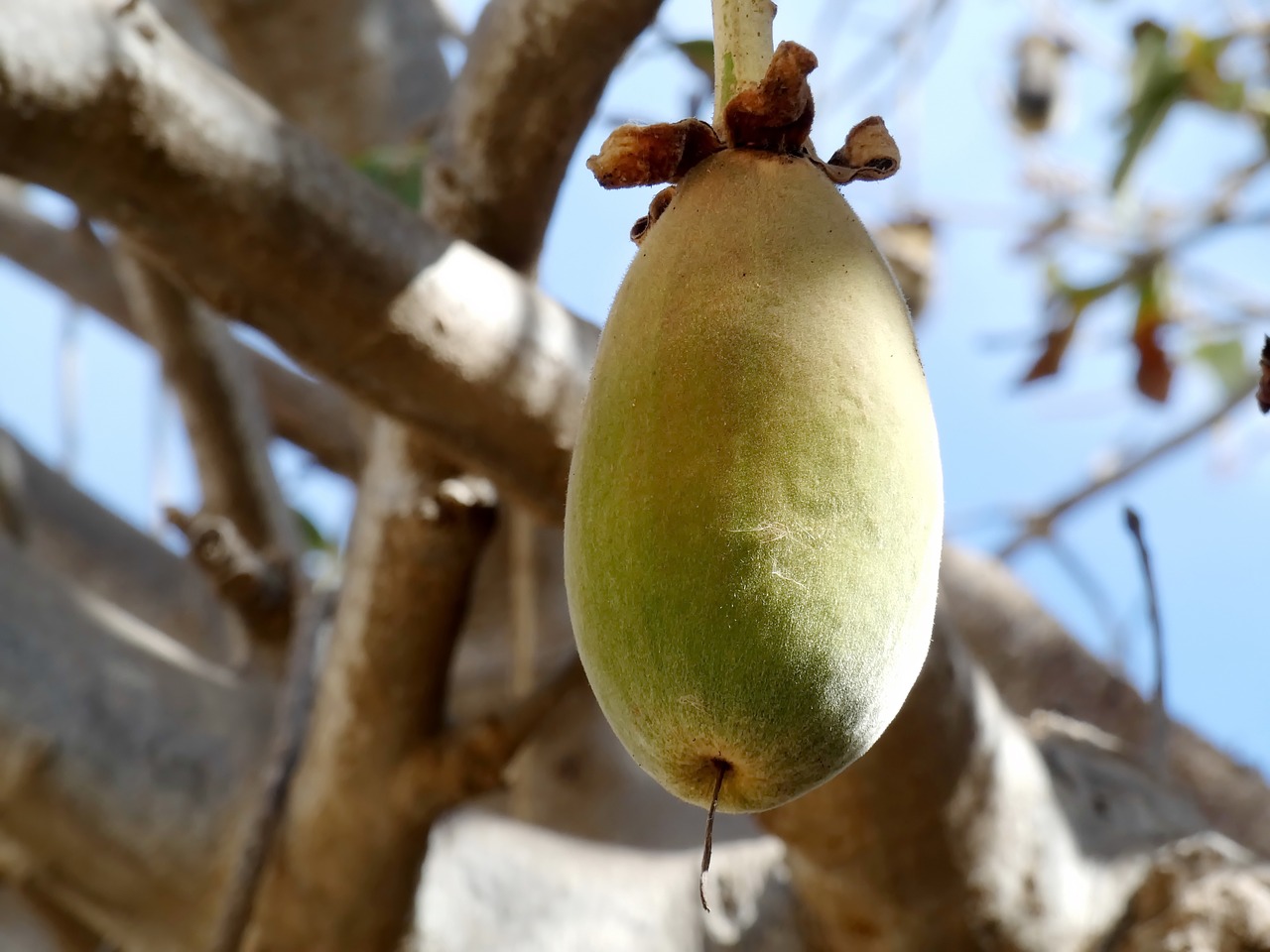
The baobab tree is a tree in eastern and southern Africa that grows highly nutritious fruit. It is sold in a powder form that is easily added to almost any recipe. The fruit is very dry and is usually used to make juice from its powder. This is done by soaking it and straining out the pulp and seeds. The majority of its consumers are from Europe, Canada, and the United States. Since 2013, the demand for the baobab fruit has grown gradually every year.
Some benefits of the Baobab fruit include high antioxidants, magnesium, iron, vitamin C, vitamin E and protein. It is also used in many of the things you eat on a daily basis such as: soda, ice cream, chocolate, and even alcohol.
Moringa
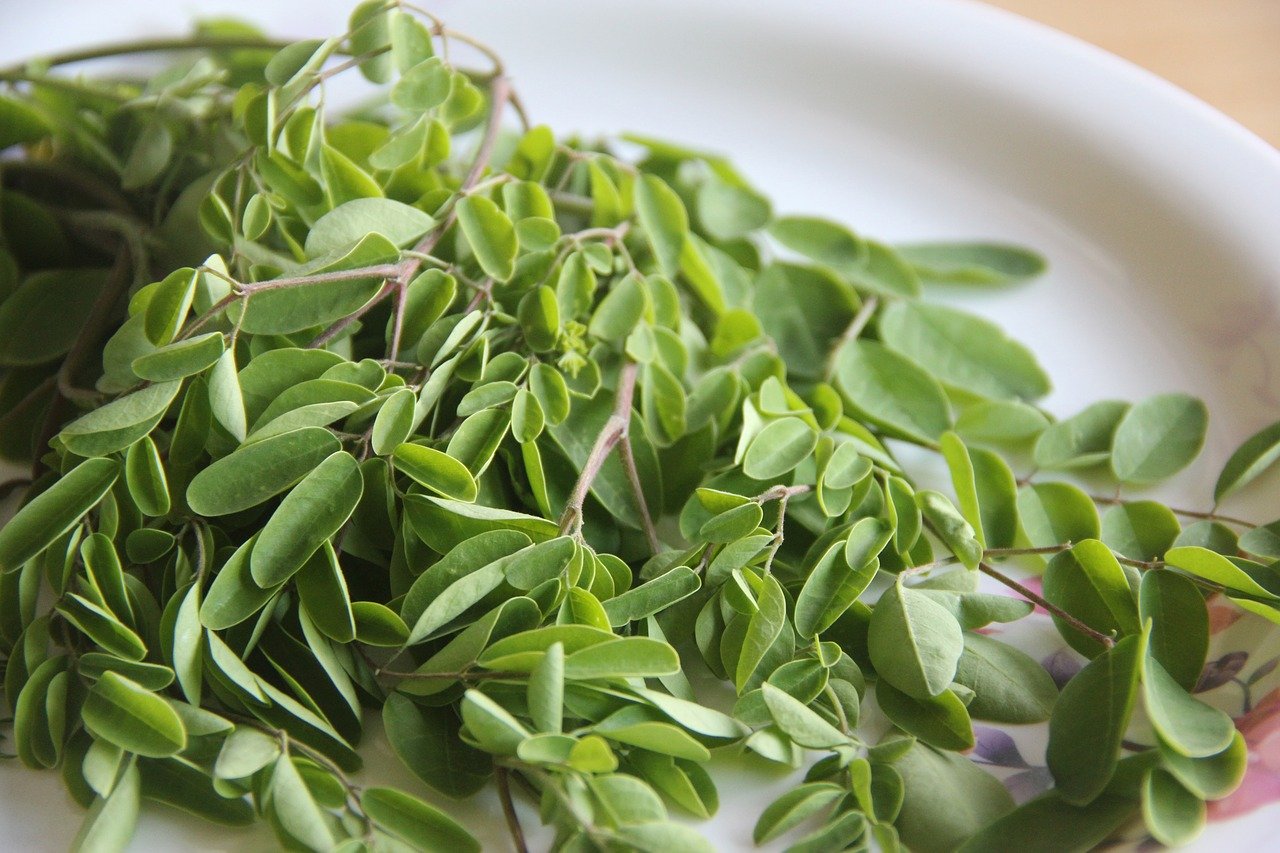
Moringa leaves are known to be one of the most nutritious plants around. The tree is native to Africa and South Asia. Every part of the tree is edible, down to the roots, but the leaves are the most nutritious. Similar to the Baobab, this food is most commonly sold in the form of a powder. This power can be put into a capsule and be consumed that way, or it can be put straight into a smoothie or a recipe. The leaves are high in protein, calcium, iron, vitamin C and vitamin A. It is estimated that Moringa leaves contain four times the calcium of milk, seven times the vitamin C of oranges, and 25 times the iron of spinach.
Sorghum
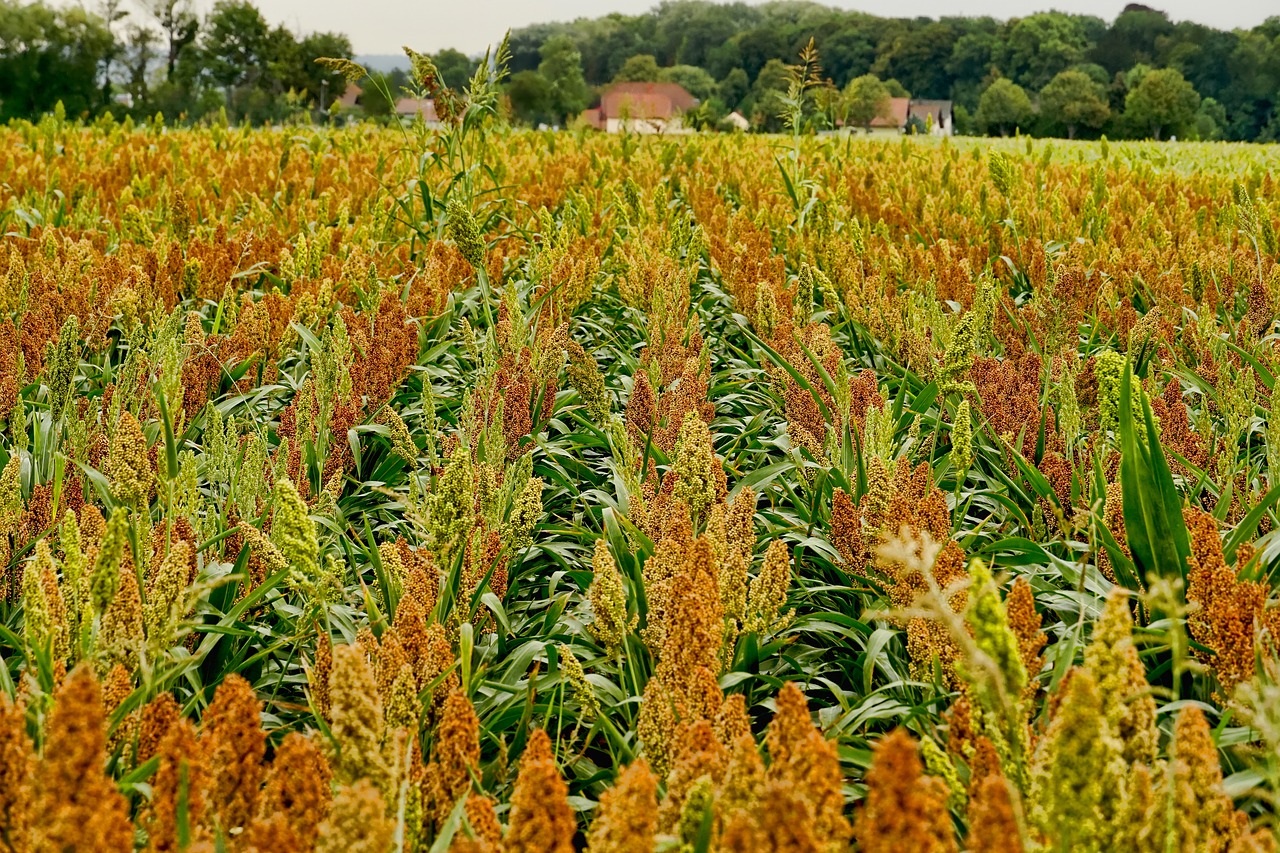
Sorghum is a type of grass indigenous to Africa that is grown for its grains. It is the fifth most commonly grown grain crop in the world. The plant most likely originated in Ethiopia and spread into Africa from there. This grain is high in magnesium, iron, zinc, selenium, phosphorus, vitamin E, B vitamins and potassium, but it also contains high levels of antioxidants and all-important phytochemicals. It is commonly eaten as a porridge, used to make beer or as an animal feed.
Marogo
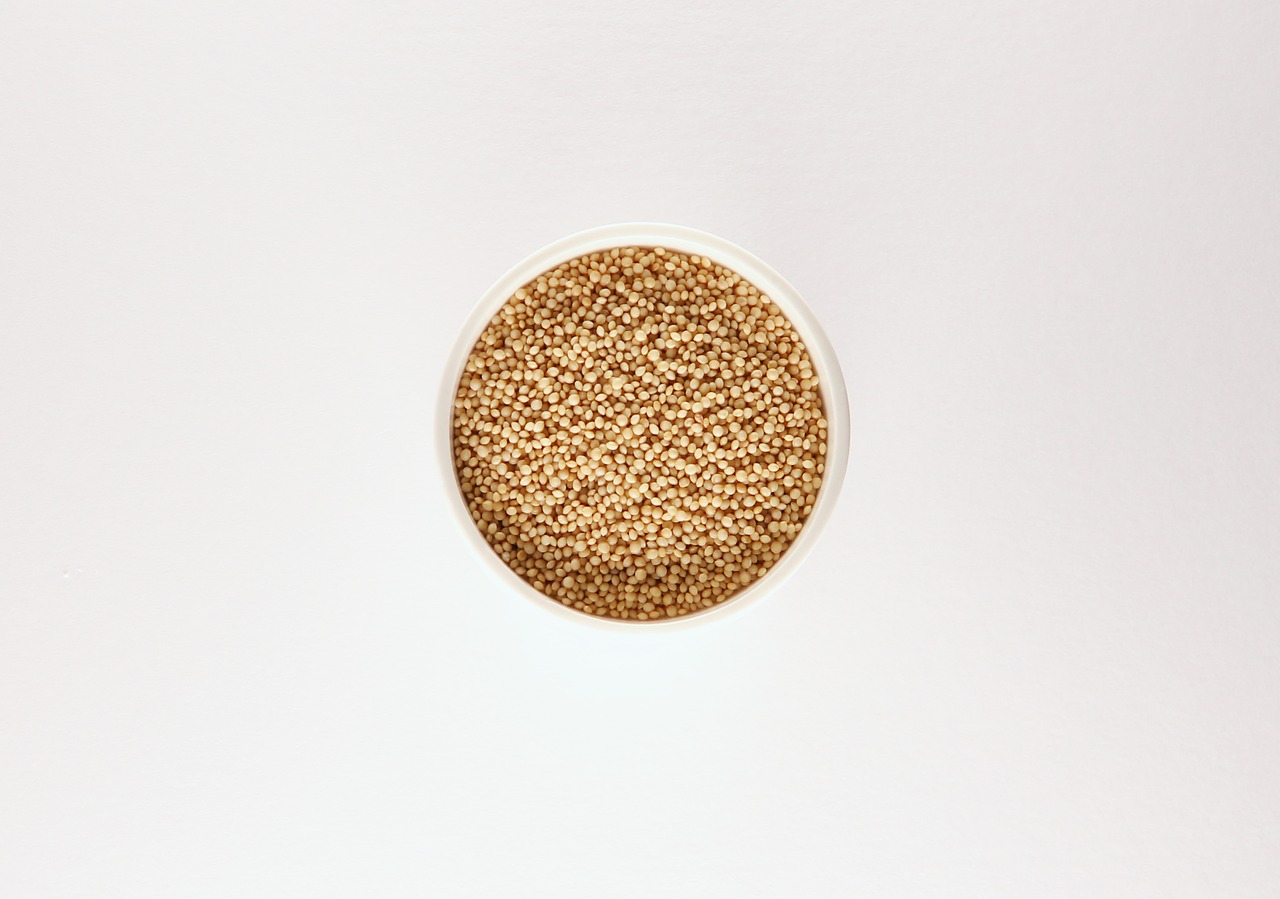
Amaranth (or marogo) is typically harvested in South Africa, however it is able to be grown in farms or low input environments. It is also very drought tolerant. Usually, this plant is enjoyed in ways similar to spinach, or its seeds can be collected and used in rice dishes. There are many health benefits to eating Marogo. It’s leaves are a good source of iron and beta-carotene, and it’s seeds contain 30% more protein than the average grain.
Bambara

Bambara groundnuts are a traditional crop in sub-Saharan Africa and are a type of legume. In South Africa it is one of many under-utilised crop species. Bambara is mostly grown by smallholder farmers. When fresh, the nuts are boiled or roasted and eaten as a snack, while dried nuts are typically boiled together with other grains such as maize. Bambara groundnuts are rich in protein, B vitamins, calcium and fiber. As a legume crop, Bambara groundnuts also improve soil health by fixing atmospheric nitrogen.
Major scientific evidence now demonstrates that, some foods and foods ingredients provide certain physiological benefts and/or reduction of risk chronic disease benefits, beyond basic nutritional functions. this combination of growing scientific evidence, linking the role of diet in maintaining good health and preventing disease, together with increased consumer and industry interest, have raised overall awareness in and the profile of health food sector.nitrogen.

